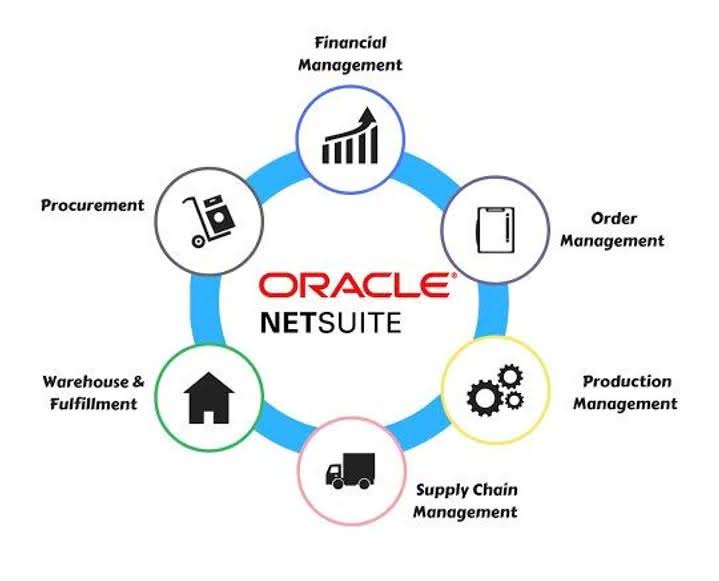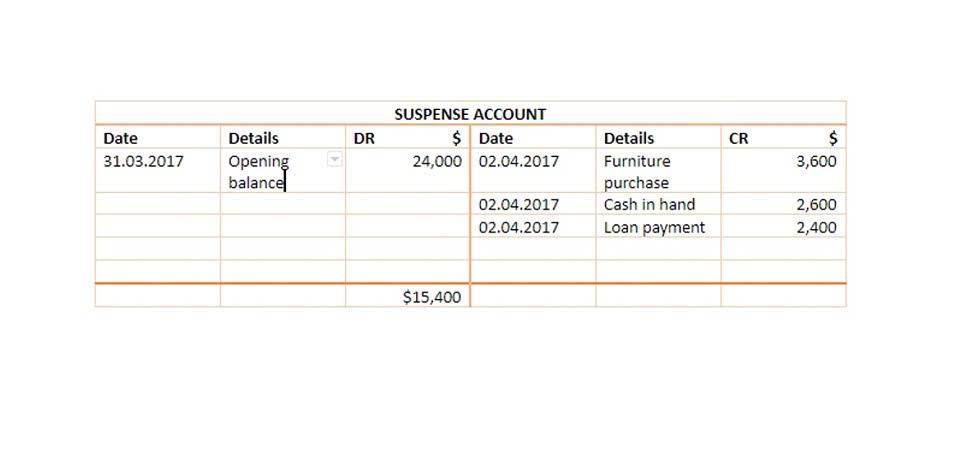17 Sep Post-closing Trial Balance
Content

Temporary ledger accounts are recurring accounts that start and end with zero balances for every accounting cycle. Adjusted trial balance is an internal business document that presents the closing balances of all ledged accounts after reconciliation or adjustments. Let us discuss what are adjusted and post-closing trial balances and their key differences.
The balances of all temporary accounts (i.e., revenue, expense, dividend and income summary accounts) have turned to zero because of the above mentioned closing entries. These temporary accounts have therefore not been listed https://www.bookstime.com/ in post-closing trial balance. The post-closing trial balance is crucial in ensuring a company closes all temporary accounts. On top of that, it helps assure that the balances on those accounts get reset to zero.
Cost Accounting
This behavior applies only when the Primary Accounting Book is selected in the Accounting Book filter when you use multi-book accounting. Many or all of the products here are from our partners that pay us a commission. But our editorial integrity ensures our experts’ opinions aren’t influenced by compensation.
- At closing day of fiscal year, the business transfers temporary account balances to the permanent owner’s equity account or capital account.
- It gets its name from the various account balances from the general ledger.
- Similarly, accounts receivable may require bad or doubtful debt entries.
- A post-closing trial balance is a trial balance which is prepared after all of the temporary accounts in the general ledger have been closed.
- Completed after closing entries, the post-closing trial balance prepares your accounts for the next period.
- The ninth, and typically final, step of the process is to prepare a post-closing trial balance.
Financial ReportsFinancial reporting is a systematic process of recording and representing a company’s financial data. The reports reflect a firm’s financial health and performance in a given period. Management, investors, shareholders, financiers, government, and regulatory agencies rely on financial reports for decision-making. Real AccountsReal accounts do not close their balances at the end of the financial year but retain and carry forward their closing balance from one accounting year to another. In other words, the closing balance of these accounts in one accounting year becomes the opening balance of the succeeding accounting year.
What do I do if the debits and credits columns dont match?
However, if the company also wanted to keep year-to-date information from month to month, a separate set of records could be kept as the company progresses through the remaining months in the year. For our purposes, assume that we are closing the books at the end of each month unless otherwise noted. Once we are satisfied that everything is balanced, we carry the balances forward to the new blank pages of the next year’s ledger and are ready to start posting transactions. The Post Closing Trial Balance supports the financial statement layouts of the Financial Report Builder. You need the Report Customization permission to customize this report in the Financial Report Builder or to change the layouts assigned to them. For information, see Financial Report Builder and Financial Statement Layouts.

Accounting software requires that all journal entries balance before it allows them to be posted to the general ledger, so it is essentially impossible to have an unbalanced trial balance. Thus, the post-closing trial balance is only useful if the accountant is manually preparing accounting information. For this reason, most procedures for closing the books do not include a step for printing and reviewing the post-closing trial balance. Notice that the balances in the expense accounts are now zero and are ready to accumulate expenses in the next period. The Income Summary account has a new credit balance of $4,665, which is the difference between revenues and expenses (Figure 5.5).
Example of Post-closing Trial Balance
An essential part of the adjusted trial balance is true-up and adjusting entries. Once companies prepare the general ledger, they must calculate the closing balance on each account. Companies must transfer income and expenses to the profit or loss account. These balances then reach the trial balance, contributing to the financial statements. However, companies may prepare different types of trial balances. Before understanding those types, it is crucial to know what the trial balance is.

Post-closing trial balance – This is prepared after closing entries are made. Its purpose is to test the equality between debits and credits after closing entries are prepared and posted. The post-closing trial balance contains real accounts only since all nominal accounts have already been closed at this stage. When preparing the post-closing trial balance, you’ll include a header that details the company’s name, what you’re naming the balance sheet and the closing date of the accounting period.
Why do you need Post-Closing Trial Balance?
He is the sole author of all the materials on AccountingCoach.com. I’m Carlos, from Angola, and I got a Bachelor’s Degree in BA from Universtity of Houston, Texas in Summer 2009. To be honest, I struggled so much to read, understand , interprete and apply the accounting concepts, definitions , rules and son, including the Accounting Cycle for many years. If consolidation is enabled but the feature is not enabled for a parent subsidiary, appears to the right of the subsidiary name in the Subsidiary Context filter.
Is Depreciation a debit or credit?
Depreciation expense is recognized on the income statement as a non-cash expense that reduces the company's net income or profit. For accounting purposes, the depreciation expense is debited, and the accumulated depreciation is credited.
Remember that closing entries are only used in systems using actual bound books made of paper. In any case, they are an important concept and they officially represent the end of the process. Both statements become the foundation for the preparation of financial statements. Both are non-formal statements that do not Post Closing Trial Balance belong to the financial statements. If you have not run the historical balances process for all the subsidiaries included in the report as of the end of the report date range, a warning appears at the topic of the report. There are three types of trial balance – Post-closing, Unadjusted, and Adjusted Trial Balance.
What is a post-closing trial balance?
However, the trial balance may come in several forms, including adjusted and post-closing trial balances. A simple difference between adjusted and unadjusted trial balances is the amounts in the adjusting entries. However, if the debit and credit columns don’t equal each other, you’ll likely need to review your entries as you may have missed transferring one to or from the ledgers correctly. This process closes out the revenue, expense, drawing or dividend accounts. Each account is closed to a special account called income summary. For example, if the credit balance in revenue is $50,000, you would debit revenue for $50,000 and credit income summary for $50,000.
- Your debit amounts always have to equal your credit amounts, which is one of the reasons to prepare a post-closing — or after-closing — trial balance.
- Instead, any of those items that appear after the closing process has ended and the post-closing trial balance has been calculated will move to the next accounting period.
- A post-closing trial balance is the final trial balance prepared before the new accounting period begins.
- You will notice that we do not cover step 10, reversing entries.
- It is the third trial balance prepared in the accounting cycle.
- Accounting software can perform such tasks as posting the journal entries recorded, preparing trial balances, and preparing financial statements.




No Comments